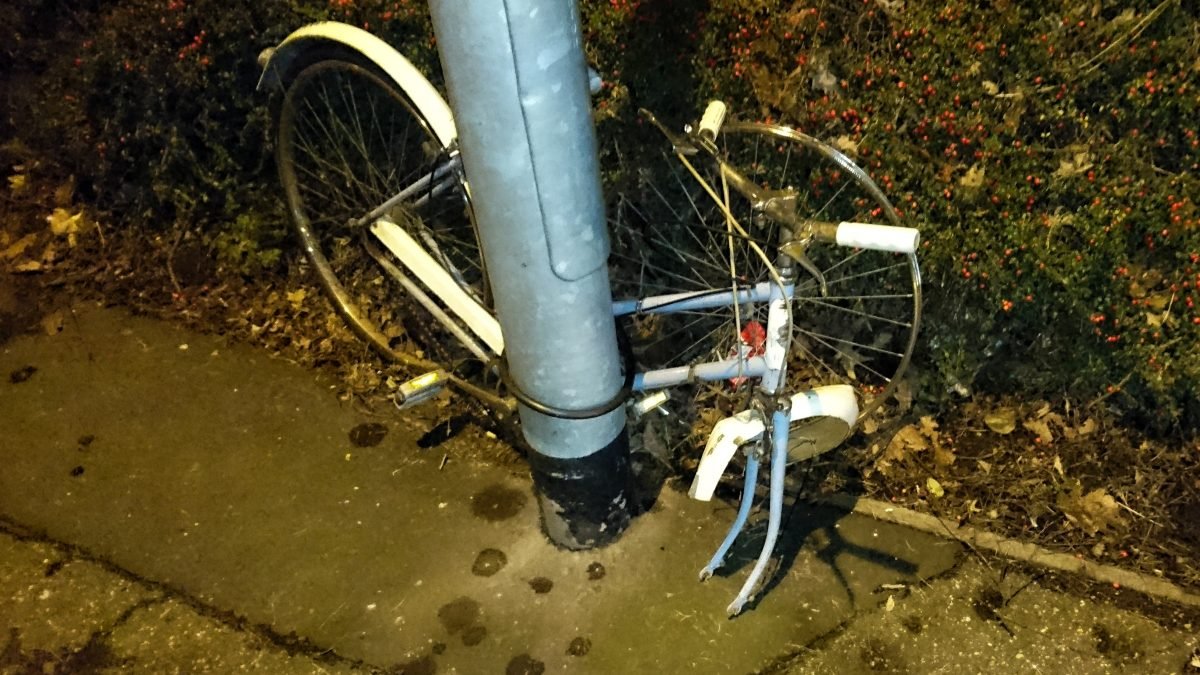5 Tips for Locking Your Bike Up
Locking your bike up sounds like an obvious thing to do, if you're leaving it somewhere unattended. However, plenty of cyclists either don't bother or don't lock their bike securely enough. Community cycling website cyclinguk.org note that between April 2014 and March 2016 there were 327,000 bike theft incidents in England and Wales. With that in mind - here is our 5 basic tips to make sure your pride and joy stays safe.
1. Buy a decent bike lock
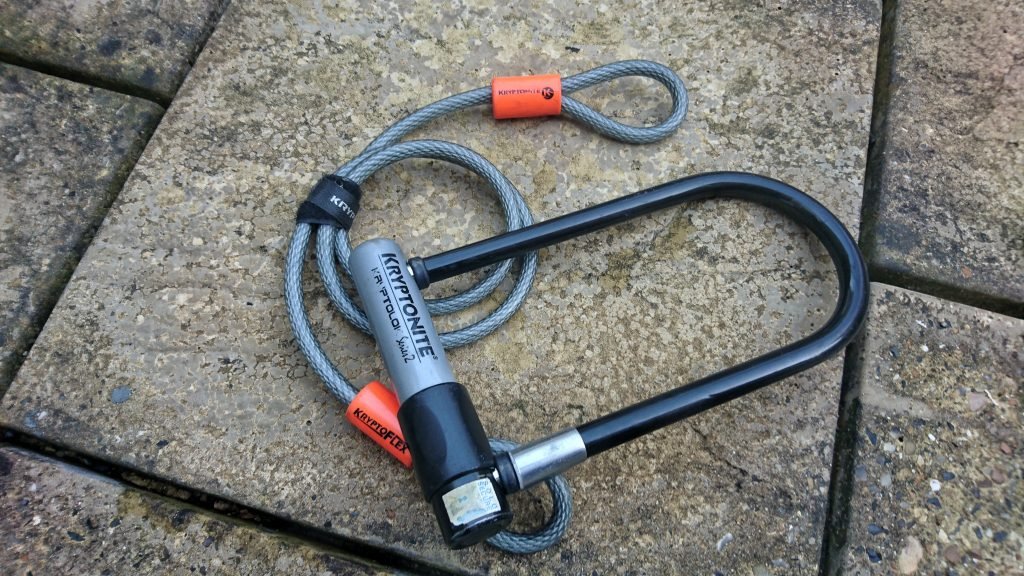 Only you know the true value of your bike. It may not always be about the monetary value if for example it is your only mode of transport. If you are going to be riding anywhere that means leaving you bike unattended for a period of time - should investing in a good quality bike lock. Locks come in a variety of styles, from solid steel D-Locks to flexible cable locks. Key locks or number combination locks. Bike locks can range in price from from a few pounds to £100 plus - but we'd recommend you buy the best you can afford. Look for locks that has a Sold Secure badge or rating. These locks will have been tested and approved by one of the UK's leading test houses. Sold Secure rated products are also recognised by many insurers. The organisation has a 3 level rating; Gold (highest level security), Silver (compromises between cost & security) and Bronze (offers defense against opportunist thieves). Some locks come with both a D-Lock and a cable. This gives you added security and more flexibility in where you can secure your bike.
Only you know the true value of your bike. It may not always be about the monetary value if for example it is your only mode of transport. If you are going to be riding anywhere that means leaving you bike unattended for a period of time - should investing in a good quality bike lock. Locks come in a variety of styles, from solid steel D-Locks to flexible cable locks. Key locks or number combination locks. Bike locks can range in price from from a few pounds to £100 plus - but we'd recommend you buy the best you can afford. Look for locks that has a Sold Secure badge or rating. These locks will have been tested and approved by one of the UK's leading test houses. Sold Secure rated products are also recognised by many insurers. The organisation has a 3 level rating; Gold (highest level security), Silver (compromises between cost & security) and Bronze (offers defense against opportunist thieves). Some locks come with both a D-Lock and a cable. This gives you added security and more flexibility in where you can secure your bike.
2. Lock it to something fixed
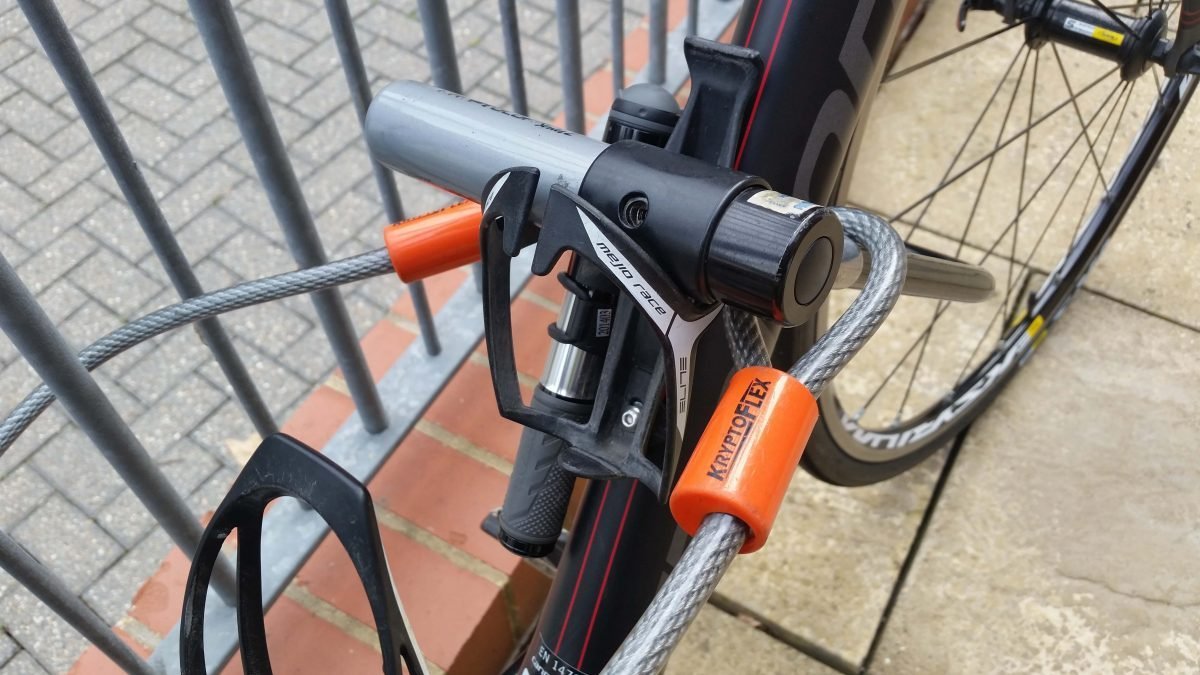 If you are going to take the time to lock your bike up, at least make sure that you are locking it securely. Just putting a lock around the frame may still leave parts such as wheels vulnerable to theft. The ideal solution is to get either a cable/chain lock, or a D-lock with a flex cable. Alternatively, you can use two locks. Try to lock the frame and the wheels together as well as securing the bike to a fixed railing or tree or building. Don't just lock the wheel(s) to an object as these can be removed. Remember that the longer it takes a thief to try to steal your bike, the more likely they are to be seen or caught. Don't make it easy for them. If you don't feel comfortable with the location you are thinking of leaving your bike, move it somewhere else. If you cycle to work on a daily basis, it you may consider leaving your bike lock secured there. This will save you having to carry it in everyday.Buyers Guide: Commuting by Bike
If you are going to take the time to lock your bike up, at least make sure that you are locking it securely. Just putting a lock around the frame may still leave parts such as wheels vulnerable to theft. The ideal solution is to get either a cable/chain lock, or a D-lock with a flex cable. Alternatively, you can use two locks. Try to lock the frame and the wheels together as well as securing the bike to a fixed railing or tree or building. Don't just lock the wheel(s) to an object as these can be removed. Remember that the longer it takes a thief to try to steal your bike, the more likely they are to be seen or caught. Don't make it easy for them. If you don't feel comfortable with the location you are thinking of leaving your bike, move it somewhere else. If you cycle to work on a daily basis, it you may consider leaving your bike lock secured there. This will save you having to carry it in everyday.Buyers Guide: Commuting by Bike
3. Remove Accessories
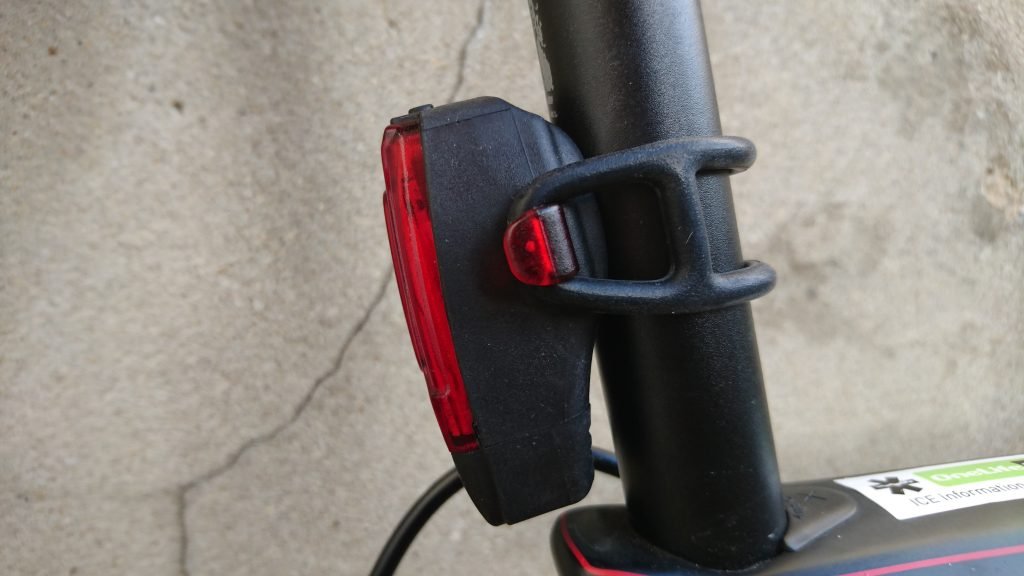 It can be easy to forget about this one. You get to your destination, you lock your bike frame and wheels to a fixed railing with your super-strong Sold Secure lock. Then you walk away - leaving your lights, GPS and camera still attached to the bike. You might get lucky and come back to find them all where you left them. But it is best not to risk it. Try to get into the mindset of removing accessories before you lock your bike up. If this is the first thing you do - you are less likely to forget. If you regularly cycle to work, try to make this part of your routine. It can cost a lot to replace bike accessories. These are not always covered by insurance policies either.Buyers Guide: Rear Bike Lights
It can be easy to forget about this one. You get to your destination, you lock your bike frame and wheels to a fixed railing with your super-strong Sold Secure lock. Then you walk away - leaving your lights, GPS and camera still attached to the bike. You might get lucky and come back to find them all where you left them. But it is best not to risk it. Try to get into the mindset of removing accessories before you lock your bike up. If this is the first thing you do - you are less likely to forget. If you regularly cycle to work, try to make this part of your routine. It can cost a lot to replace bike accessories. These are not always covered by insurance policies either.Buyers Guide: Rear Bike Lights
4. Choose a busy & well light area
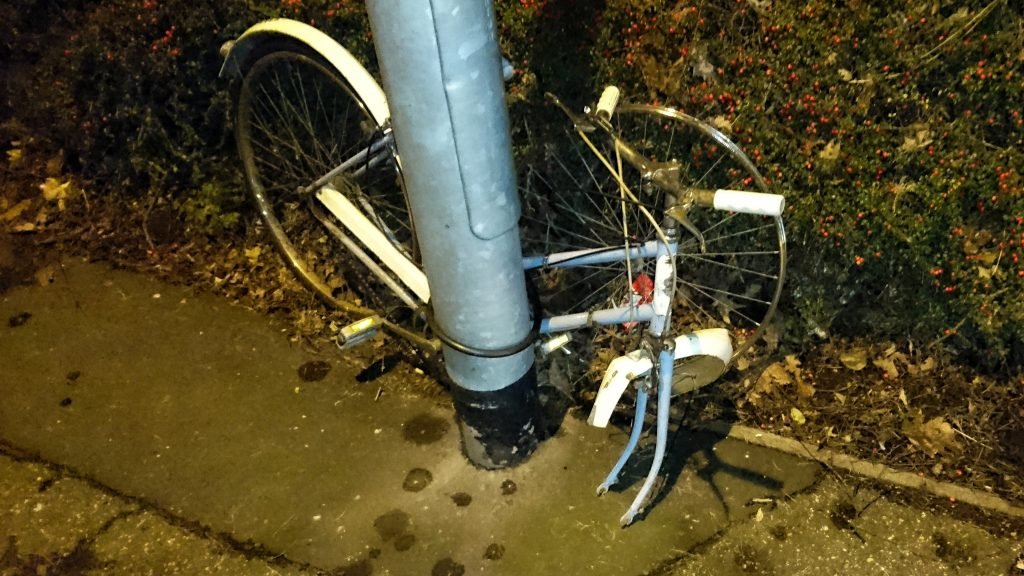 You may think that locking your bike down a quiet back road or ally is a safe place because there aren't many people about. But quiet areas can be crime and theft hotspots. Ideally you should try to lock your bike up in a busy, well populated area. If there is CCTV or street camera's near by, even better. A thief is less likely to strike if there is a chance of being see, questioned or caught. But it is not just theft you are trying to prevent. Vandalism is a common problem for bikes that have been left unattended. If you cycle to work but don't have a secure area, try to lock your bike up near a to a window or entrance (not blocking any exists of course).
You may think that locking your bike down a quiet back road or ally is a safe place because there aren't many people about. But quiet areas can be crime and theft hotspots. Ideally you should try to lock your bike up in a busy, well populated area. If there is CCTV or street camera's near by, even better. A thief is less likely to strike if there is a chance of being see, questioned or caught. But it is not just theft you are trying to prevent. Vandalism is a common problem for bikes that have been left unattended. If you cycle to work but don't have a secure area, try to lock your bike up near a to a window or entrance (not blocking any exists of course).
5. Get it registered & insured
You should strongly consider getting your bike registered. Details about how you can do this can be found at www.bikeregister.com. This database is used by all of UK Police Forces to search for stolen and recovered bikes. You can also contact your local station for more information. Some local forces will run specific bike registry events. As well as registering your bike, it is worth thinking about insuring it also. Some household insurances will cover bicycle theft, but usually up to a certain value. Cycling specific insurers like Cycle Plan and Pedal Sure provide cover for one or multiple bikes with values up to ten's of thousands of pounds.
Sadly, we cannot guarantee all of the tips we've listed will completely deter dastardly bike thieves from trying to make off with your pride and joy. But they will make life a lot harder for would-be bike-nappers.

